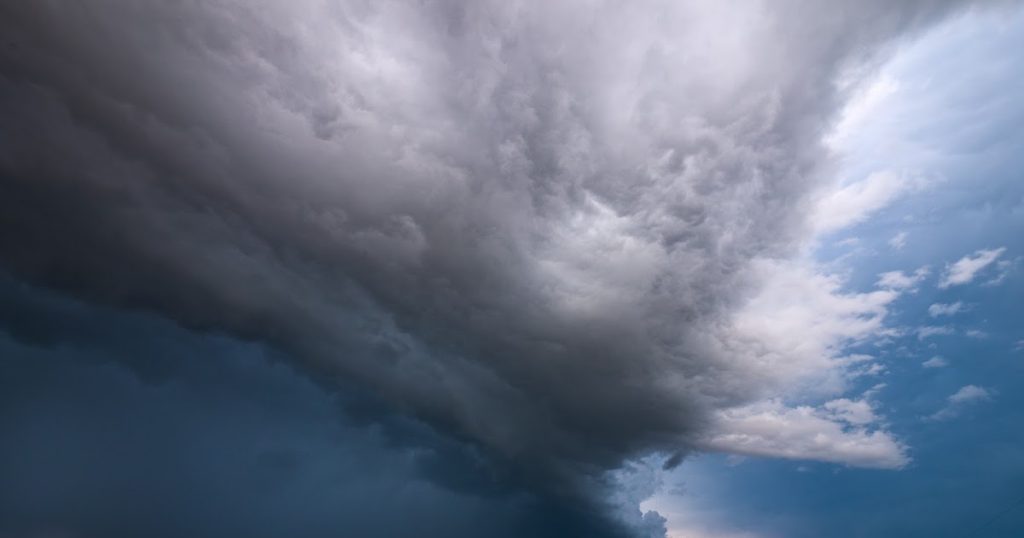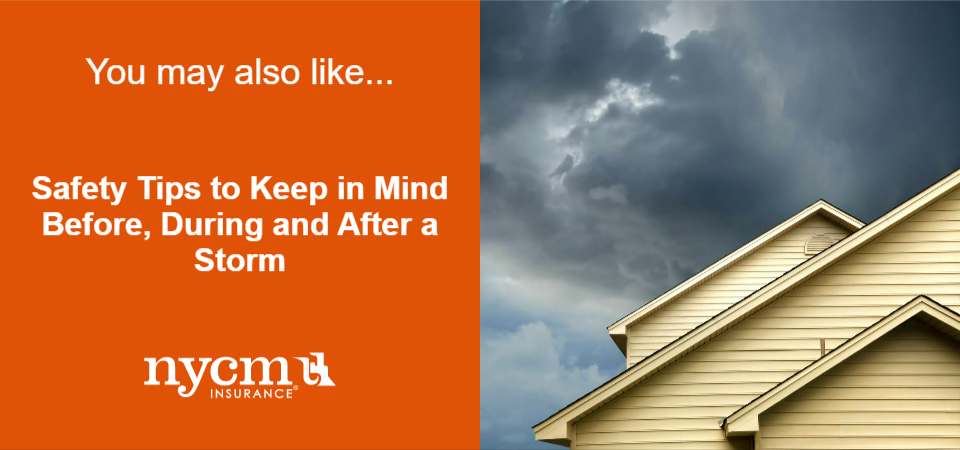Severe Weather Safety: Understanding Tornado Watches & Warnings

Tornado
Watch vs. Warning: What’s the Difference?
Tornadoes are typically associated with the
plains of the Midwest and Southern United States. But did you know that there
have been 87
tornadoes in New York State over the last ten years, totaling
approximately 16 million dollars in property damage?
While New Yorkers may be spared from the
lion’s share of the tornadoes that occur in the country, it is still important
to be mindful of what preparations you need to make to ensure your safety and protect your property
when your area is in a tornado watch or warning. Knowing the distinction between a tornado watch and a warning
can be invaluable when severe weather hits close to home.
What Is
a Tornado Watch?
The National
Weather Service implements a tornado watch when weather conditions
in an area are conducive to producing a tornado. When a tornado watch is in
effect, it is a good idea to review your emergency plans, ensure you have necessary supplies, and be prepared to take
action if the watch turns into a warning. If it is safe to do so, secure any
outdoor items that are not fixed to a structure – for example, lawn chairs or a
trampoline – to help decrease hazards and property damage.
What Is
a Tornado Warning?
A tornado warning occurs when a tornado has
been sighted or otherwise indicated on a weather radar in or around your area.
If a tornado warning is in effect, you should act immediately because tornadoes
can move quickly and unpredictably. If you see a tornado warning in effect,
this is the time to take shelter and activate your tornado emergency plan.
What
Should a Tornado Emergency Plan Include?
Just like a fire plan, every home should have
a tornado emergency plan that is frequently reviewed
with all members of the home.
A tornado emergency plan should include:
●
Clear instructions indicating
where to go if there is a tornado
○ This area is typically a basement or storm shelter. If you do not
have a basement or storm shelter, you should try to find shelter in a small
interior room that is away from windows, doors, and outside facing walls. Plan
to shelter in rooms with concrete or reinforced walls and avoid rooms with
large, expansive ceilings.
●
Emergency Kit
○ Every home should have an
emergency kit with useful items that is stocked and checked frequently. This
kit can include things like water, non-perishable food for you and your pets,
battery operated radio, extra batteries, flashlight, first aid kit, whistle or
air horn, dust mask, personal hygiene products, extra clothes, tools, paper
plates and utensils, can opener, medications, cash, cell phones, and chargers. You
should also keep blankets, pillows, and other spare comfort items handy so that
you can stay warm without power.
●
Emergency phone numbers
○ Write down any important phone
numbers and store them in a safe place so that you have access to them if you
are unable to access your contacts digitally.
●
A meeting plan
○ In addition to determining a place
to take shelter during a storm, you should determine a meeting place if you
become separated or if your home becomes uninhabitable after a tornado has
passed and it is safe to exit shelter.
Tornadoes move fast and are extremely
dangerous. If there is a tornado watch or warning affecting your area, remain
vigilant and be ready to take shelter fast. Having a plan and being prepared is key to
keeping you, your family, and your property safe.




